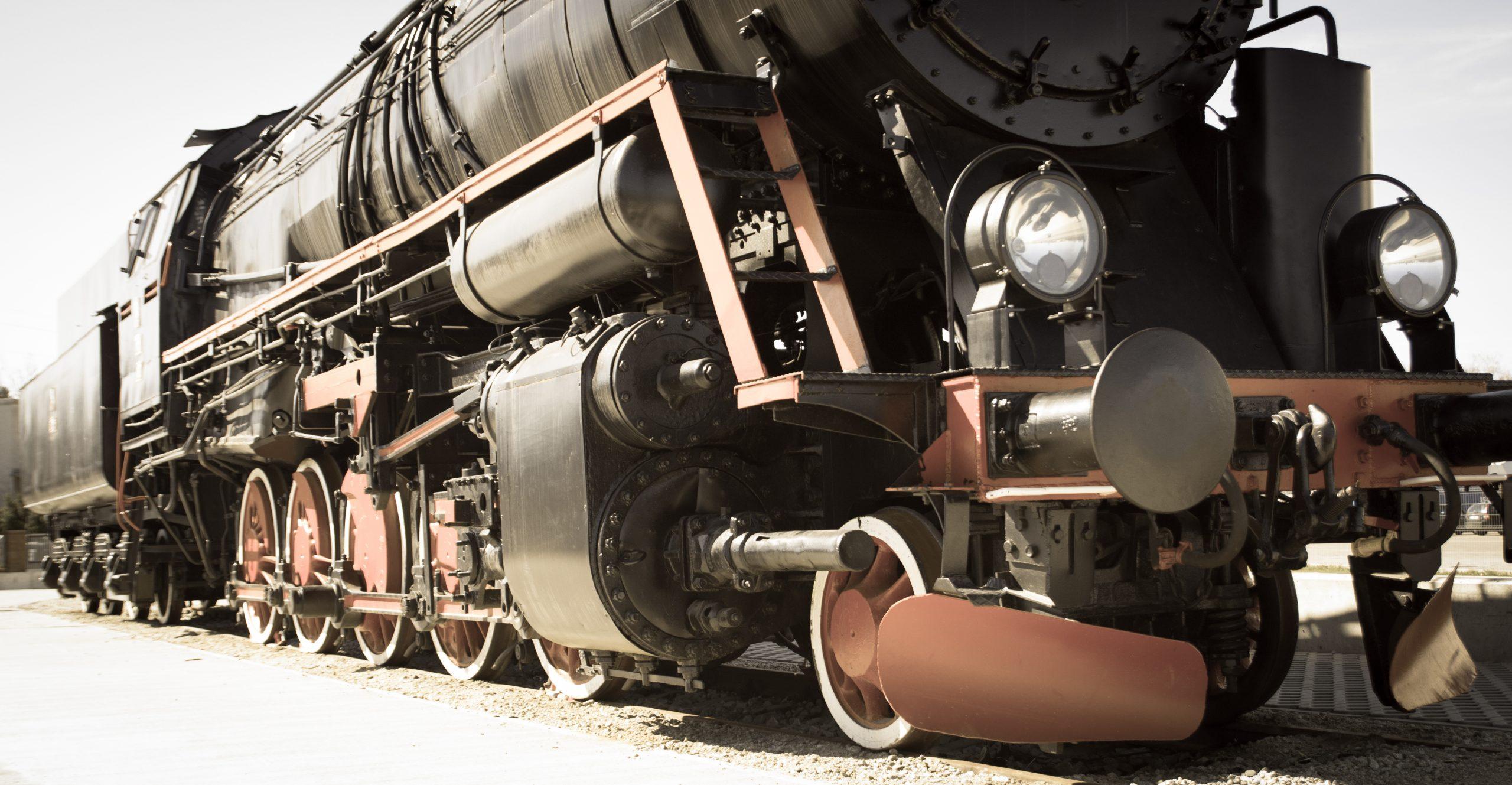
History of Trains
The train is one of the oldest modes of transportation. It has been around for centuries, with its earliest iterations dating back to Ancient Greece. Trains are an important part of the economy employing tens of thousands of workers in diverse companies like R&S Track which is a leading railroad construction company in Nebraska. Over the years, the train has evolved from a slow, laborious mode of transport to a fast and reliable way to travel across land. In this post, we will take a look at the history of trains and how they have shaped the world we live in today.
The Beginning: History of Trains
Unlike most of the modern trains you see that are maintained by railroad construction workers, the history of trains started with the introduction of wagonways in the 16th century. Wagonways were primitive wooden carts that ran on tracks made of wooden boards. These wagonways were initially used to transport coal and other goods along short distances in England during this time period.
It wasn’t until 1804 when British engineer Richard Trevithick developed an engine powered by steam that could pull wagons filled with passengers along freight lines, thus creating the world’s first locomotive-powered railway system.
Train Expansion
When looking at the history of trains in the 19th century, trains and railways started to see rapid expansion and innovation. The construction of railways quickly spread throughout Europe and North America with countries such as England leading the way in terms of development. As technology advanced, so did railroad transportation. New designs allowed for faster speeds and smoother rides which attracted more customers and increased demand for train travel.
This gave rise to numerous companies competing in this space, resulting in improved services and infrastructure being built all over the world.
Modern Trains
Today, trains are still one of the most popular methods of transportation due to their reliability, affordability, speed, and efficiency compared to other forms of transport like cars or planes. As technology continues to advance, so does rail travel. Many countries are now investing heavily in high-speed rail networks that can reach speeds over 200 mph.
These networks have revolutionized how people travel between cities by cutting down journey times significantly while also reducing air pollution associated with other forms of transportation. Another recent innovation is maglev trains which use powerful magnets to create a cushioning effect that allows them to reach much higher speeds than traditional locomotives or diesel-powered engines upwards of 300 mph. Maglev technology is currently being tested in Japan with plans to expand it around the world in the coming years.
R&S Track Inc.: Premier Railroad Construction Contractors in Nebraska
Trains have been with us for a long time but one thing we cannot ignore is the fact that they need regular maintenance to keep serving us efficiently. R&S Track Inc. is a compliant and certified railroad track contractor. As a leading railroad construction contractor in Nebraska, R&S Track is approved for taking on projects that serve all types of roads. The company is OSHA safety compliant, INSET certified, and DOT compliant.
We have been in the railroad track construction, maintenance, and repair industry from as far back as 1987. R&S Track has a 100% customer satisfaction record too. We offer a wide range of railroad and track services including track maintenance and rehabilitation, railroad track construction, and derail services.
If you need new industrial railroad tracks constructed, repaired, or maintained simply call us at 402-563-2350 to schedule an appointment. You can also contact us for derailment services or for any questions you may have about our railroad track services.
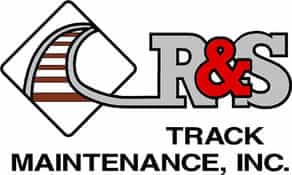
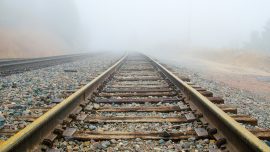
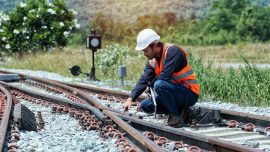
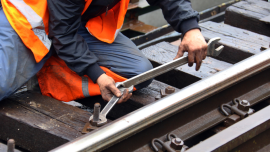
0 comments
Write a comment